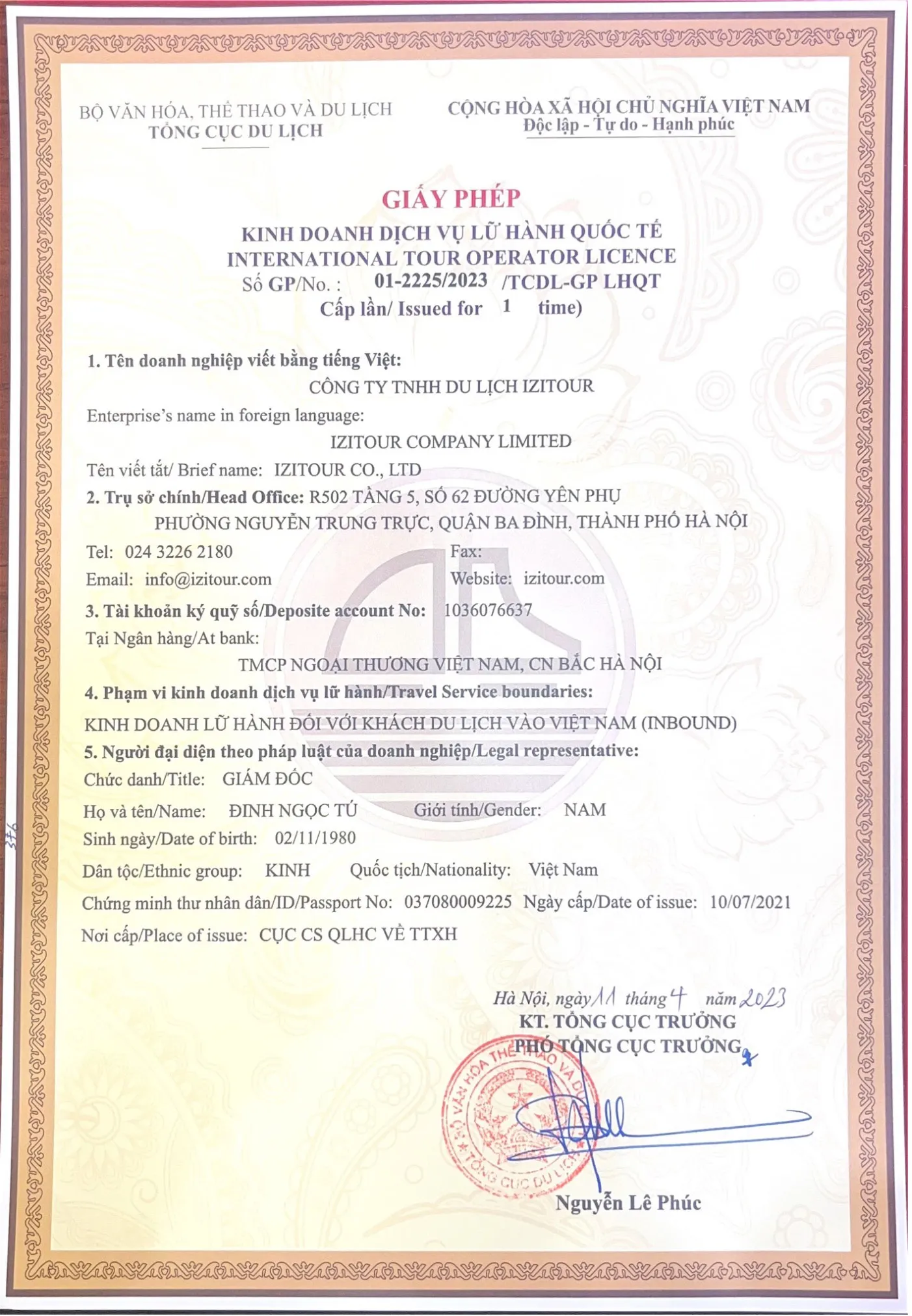Explore the captivating Minh Mang Tomb, a stunning historical site in Vietnam that showcases intricate architecture and rich cultural heritage.
Visit Hue Imperial City, the unmissable things to do is visit the royal palaces, imperial buildings and tombs to understand more about Vietnam's history. Of which, King Minh Mang's Tomb is one of the most attractive pieces of architecture that is still preserved till today. Let's find out more about this mausoleum complex with IZITOUR.
1. Introduction to King Minh Mang’s Tomb
1.1 Location
King Minh Mang's tomb complex is located on the top of Cam Khe Mountain, at the junction of the two streams Huu Trach and Ta Trach of the Perfume River, about 12 km from Hue city center. According to historical records, this mountain was personally selected by King Minh Mang. After many times of planning and revising, the design proposal of Minh Mang mausoleum offered by his mandarins was finally approved.
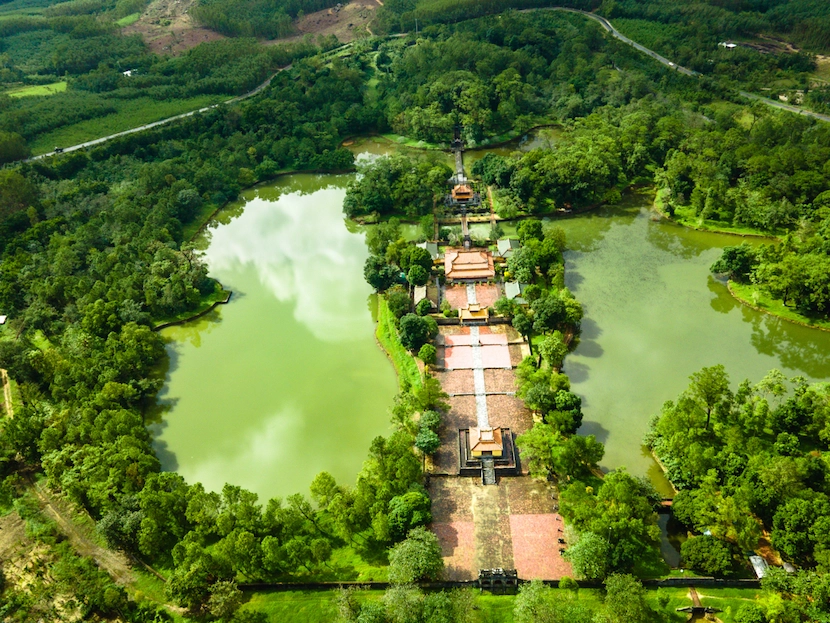
1.2 The significance of Ming Mang’s tomb
Location of King Minh Mang's tomb follows a perfect harmony and balance in feng shui, as it is located in a place with mountains, rivers, lakes, airy and quiet space. The tomb’s architecture is majestic, reflecting the standards of royal architecture during the Nguyen Dynasty. In addition, the mausoleum is considered as a reminder to the next generations to always remember the merits of previous generations, to show respect and gratitude to their ancestors. Today, King Minh Mang's tomb, Hue citadel and royal buildings have become one of the most attractive tourist attractions in Hue. It is also included in the awe-inspiring Hue Monument Complex, which is recognized as one of the UNESCO World Cultural Heritage sites.
1.3 The construction process of King Minh Mang's tomb
King Minh Mang, came to the throne in 1820, was an emperor who made great contributions to develop the country and improve people's lives at his time. When he was old, he planned to build a mausoleum to serve as a place of worship and for future generations to worship him. After 14 years of searching for a suitable place to build the mausoleum, King Minh Mang finally chose Cam Khe Mountain with fascinating mountainous terrain to build the last project of his life. He renamed the mountain Hieu Son and named his mausoleum Hieu Lang.
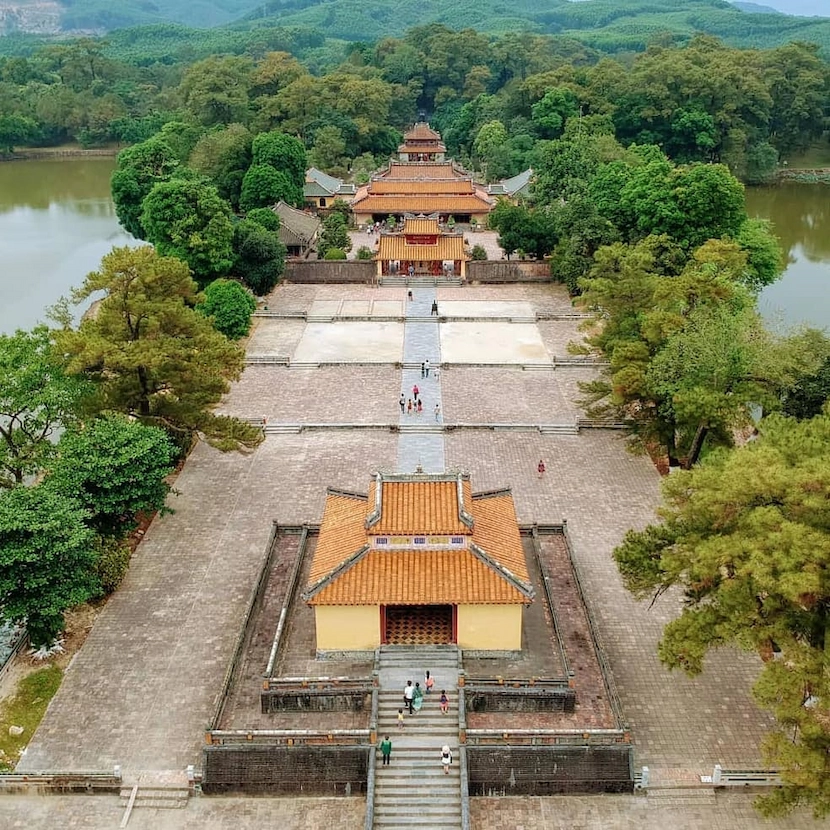
In April 1840, he officially began construction of King Minh Mang's tomb. Four months later, the king went on an inspection and saw that the construction was ineffective. Immediately, he suspended the construction and degraded the leader of the project. However, hardly had the construction process continued for a few months, when King Minh Mang passed away in January 1841. The mausoleum was not completed. So King Thieu Tri came to the throne and had 10,000 soldiers work day and night to complete this unfinished work as soon as possible. In 1843, Hieu Lang Tomb was completed, and then King Minh Mang's body was brought to the palace to rest.
2. The Construction of Minh Mang's Tomb
King Minh Mang's mausoleum complex has a total area of 18 hectares, including 40 works arranged symmetrically. The area looked like a person resting from above with his knee on Kim Phung Mountain and his leg stretched out to the confluence of the Perfume River. The two parts of Trung Minh Lake look like a pair of wings, evoking a sense of leisure and serenity. Keep reading to take a look at the most outstanding works inside King Minh Mang's tomb.
2.1. Dai Hong Gate
Dai Hong Mon (Dai Hong Gate) is the main gate of King Minh Mang tomb. The gate is built of clay bricks, painted in a bright and dignified red color. Dai Hong Mon is divided into three entrances decorated with images of carp, dragons, and clouds. According to historical records, the large gate at the center of Dai Hong Mon has opened only once since its construction in order to bring King Minh Mang's coffin into the mausoleum. After that, even emperors who came to offer incense could only enter through two side doors on either side, Ta Hong Mon (left door) and Huu Hong Mon (right door). Today, when you visit Dai Hong gate, you will also enter through these two side doors.
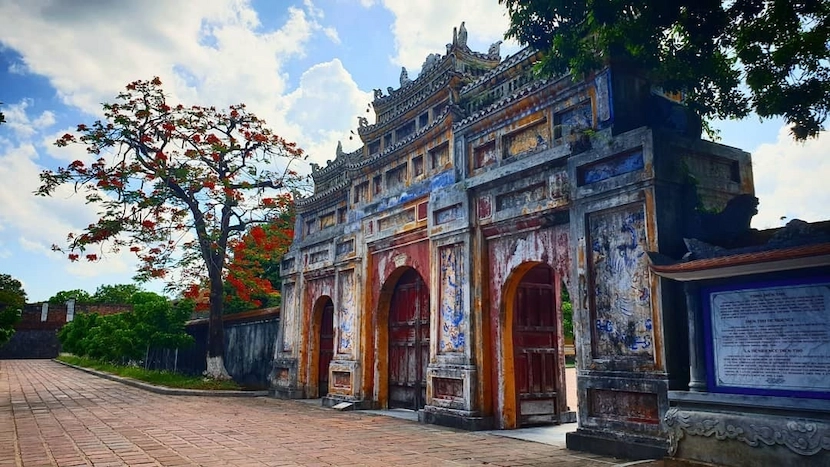
2.2. Bai Dinh
Passing through Dai Hong Mon, you will enter a large courtyard paved with Bat Trang bricks called Bai Dinh. The courtyard has two rows of majestic statues of mandarins and martial arts officials, also there are elephants and horses carved in stone standing in worship. This is symbolic of the talented generals guarding King Minh Mang's tomb so that he can rest in peace. Bai Dinh also has a large stone stele called Thanh Duc Than Cong, written by King Thieu Tri to commemorate his father's merits and contributions to the country.
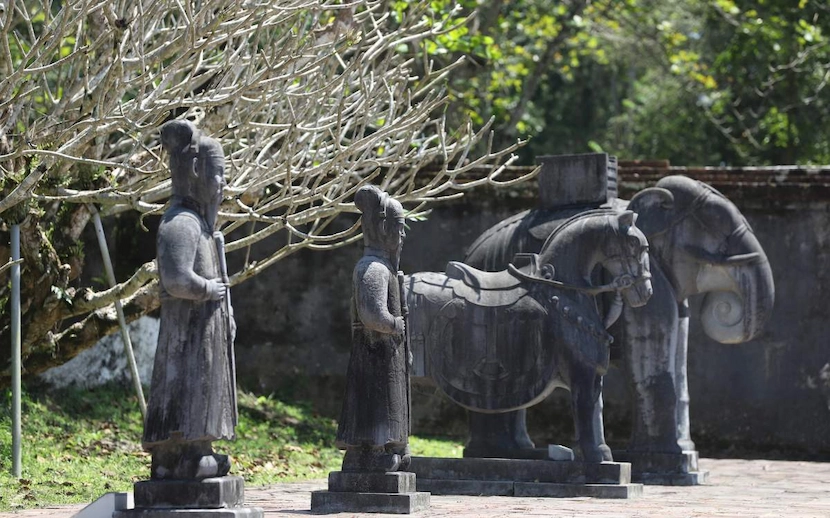
2.3. Minh Lau Pavilion
Minh Lau means pavilion of light. This is a place where the king can sit and watch the moon and enjoy the scenery on cool, windy moonlit nights. The Minh Lau pavilion at King Minh Mang's tomb is designed in a square shape, consisting of two floors and eight roofs, built on Tam Dai Son hill, behind is a flower garden. Minh Lau's appearance shows Confucian architecture, philosophy of life, expressing the concept of ruling the country of kings under the Nguyen Dynasty.
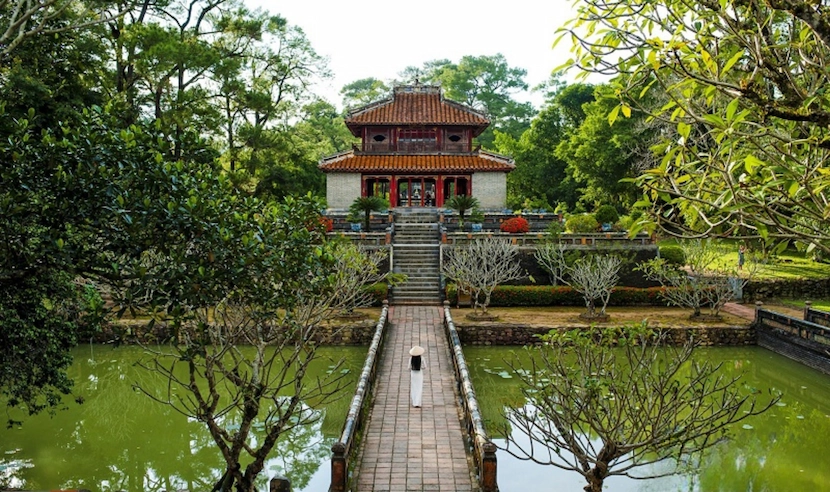
2.4. Tam Dien (Worshipping Area)
Minh Mang's tomb worshipping area is divided into two parts: Hien Duc Gate and Sung An Temple.
Hien Duc gate was built on a square plot of land, symbolizing the earth god (the concept of the Nguyen dynasty was that the earth was square, and the sky was round). This place was designed with majestic and ancient colors, a sacred and silent space.
Inside the Sung An Temple are the altars dedicated to King Minh Mang and Queen Ta Thien Nhan. Sung An is considered as the construction centre and the surrounding area is scattered with many auxiliary temples. The Tam Dien space is very sacred, ancient and peaceful, with royal colours of red and yellow, dragon and phoenix motifs. From here, follow 17 stone steps to enter Hoang Trach Mon and enjoy the beauty of the blue sky, shady trees, small lotus ponds interspersed with the fragile wildflower garden.
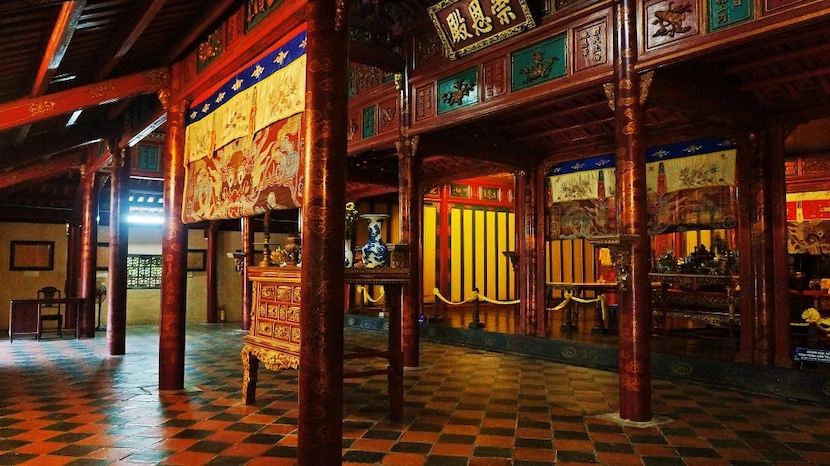
2.5. Tan Nguyet Lake
The next stop to visit the tomb of King Minh Mang is Tan Nguyet Lake. It is a man-made lake, dug by soldiers through day and night, inspired by the new moon (crescent moon) embracing the sun, forming the symbol of Buu Thanh with the meaning of the two most important elements forming the universe: yin and yang. Crescent-moon Lake symbolizes the yin factor, while Buu Thanh symbolizes the yang factor.
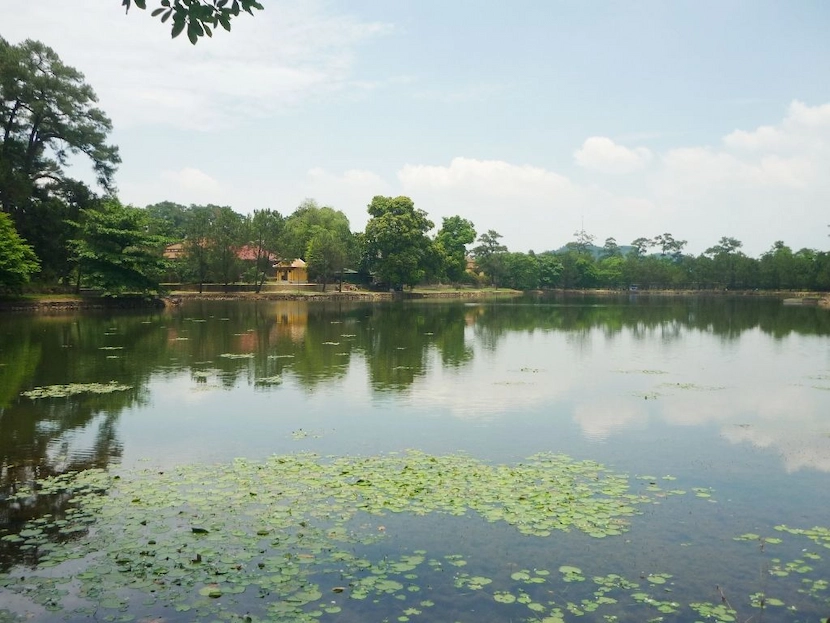
2.6. Trung Dao Bridge
The bridge crossing Tan Nguyen Lake is the Trung Dao Bridge, which leads to the Minh Lau Lau. The bridge is built with 33 steps, bringing gentle beauty close to nature.
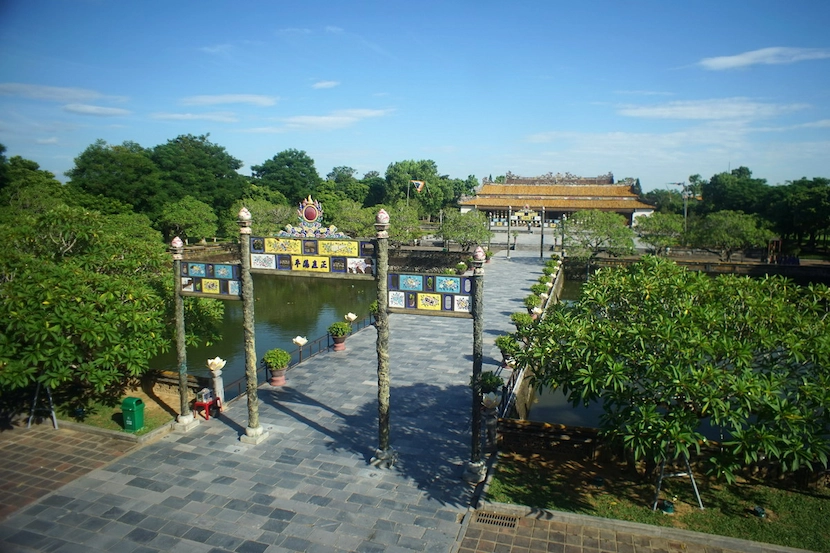
2.7. Buu Thanh
The last part of Ming Mang tomb is Buu Thanh. It is a wall surrounding the hill with a circumference of 273 metres, a height of 3.5 metres, only one door to enter and exit. Inside Buu Thanh planted many trees, mainly pine trees. According to historical records, King Minh Mang’s body was resting deep into the hill, protected by Buu Thanh and surrounding.

3. Extra Notes for Visiting Minh Mang Tomb
- When visiting King Minh Mang's tomb, be sure to choose discreet, polite and harmonious clothes to match the traditional and majestic space.
- Smoking, eating and littering are strictly forbidden in the mausoleum. In addition, you should also note that you should refrain from laughing out loud, swearing, or misbehavior that affects others.
With great historical values, Minh Mang Tomb is an absolute must-see destination when you make your journey in Hue. Wishing you a safe journey and a relaxing holiday when you arrive!
If you have any further questions, feel free to leave a comment below! For more details about Hue's tour and Minh Mang Tomb tour, contact our travel experts directly at email: [email protected] to receive the quickest support.
To see more about Hue City:
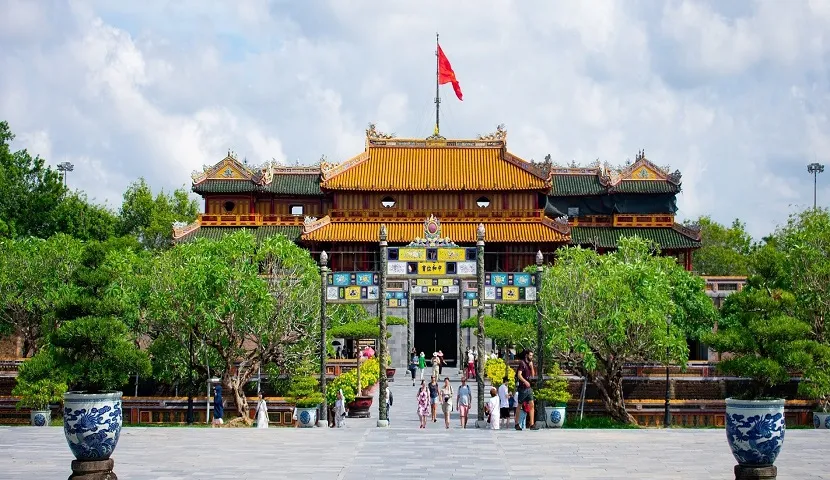






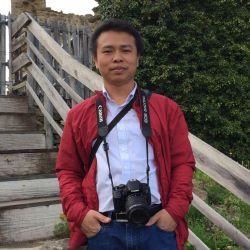

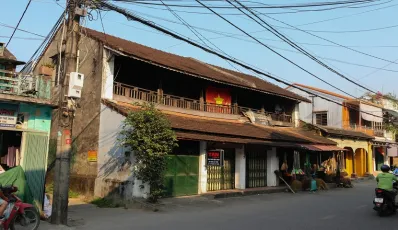
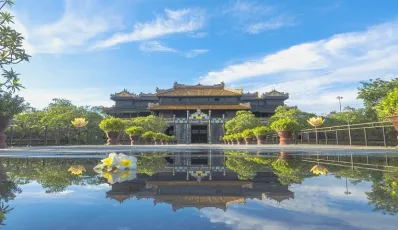

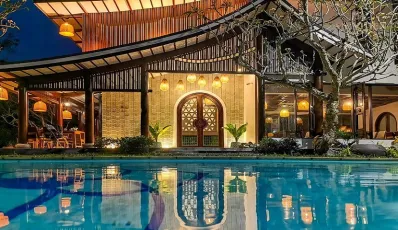

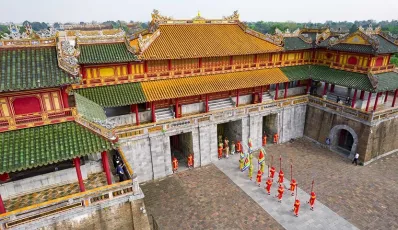
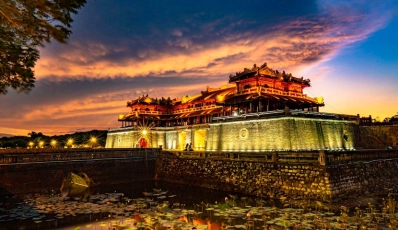
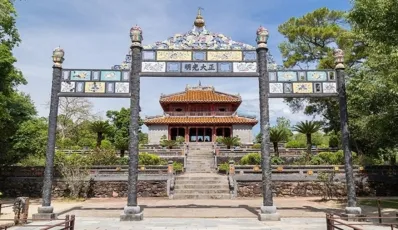
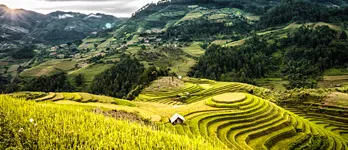
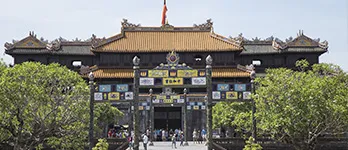
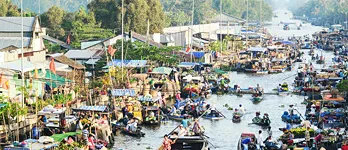

 TRAVELERS' CHOICE 2025
TRAVELERS' CHOICE 2025 